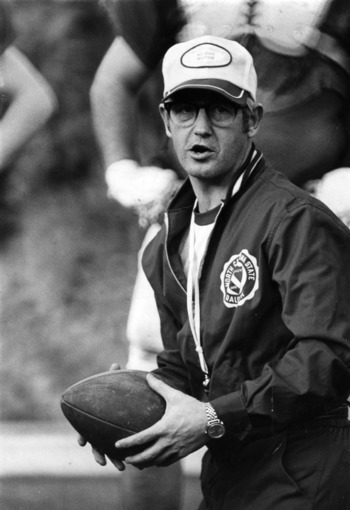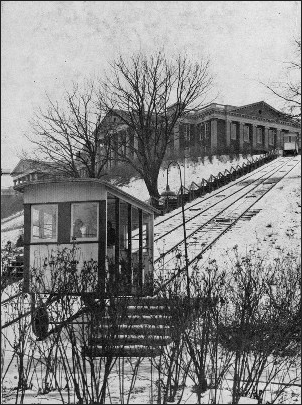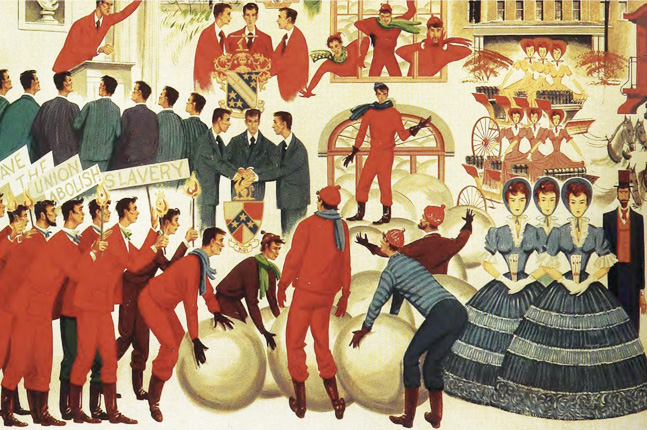The Mid American Conference, or MAC, is divided into two divisions: East and West, with six schools in each. Here are some fun facts about this conference's current schools that outsiders may not know much about.
MAC Fact #1: University of Akron
How did the Akron Zips get their snazzy name? Why the zipper shoe, of course. In Akron, the BF Goodrich Company created a very popular rubber overshoe, the zipper shoe, that was the style in the 1920s and 1930s.
In 1925, a school-wide competition was formed to select a mascot, and the zipper won. It was shorted to Zips in 1950.
Zippy the Kangaroo is now the official mascot for Akron. She is one of the eight female mascots in the college football world.
MAC Fact #2: Western Michigan University
Western Michigan University had a funicular, or cable railcar, between 1908 and 1949. The funicular was located on Prospect Hill and helped college students, faculty, and staff access what is now known as the East Campus.
The 150-step climb up Prospect Hill was very difficult, particularly during inclement weather. The rise in privately owned automobiles put the funicular out of business.
MAC Fact #3: University at Buffalo
The Buffalo Bulls have an intriguing football history. The Bulls would form in 1894 and have 14 players, all medical school students at the university. In 1899, Bemus Pierce became head coach, and he is likely the first Native American head coach in college football.
The MAC is no stranger to trailblazing coaches. John Heisman (yes, that Heisman) was also a coach at the University of Akron in the 1890s (known then as Buchtel College). Also, Lou Holtz and Nick Saban played at Kent State University.

Lou Holtz as head coach at NC State (Special Collections Research Center at NC State University Libraries).
MAC Fact #4: Ball State University
Ball State University has some unique traditions on its campus (look up the Frog Baby for extra credit).
One is the "Happy Friday Guy," a campus icon since 2004. A man wielding a scooter with a cape, helmet, goggles, and knee pads wheeled around on Fridays around noon and said encouraging phrases like "Happy Friday" to people he passed.
There have been three Happy Friday Guys. The first was student Aaron Scheibelhut in 2004, who kicked off the tradition with a bet. The other two Friday Guys remain anonymous. The tradition is bigger than any individual at this point.
Sad Monday Person is Happy Friday Guys arch nemesis, who was interviewed in 2014. Sad Monday Person can try, but there's really no debate on which day is better.
MAC Fact #5: Miami University
The most important fun fact about Miami University is that it's in Ohio. Did you hear Sean McVay or Sean Payton went to Miami and you assumed they had summer vacays in the Florida sun in south Florida because of the college name? If the two well-known sports figures did, it's not because they lived in Florida. What a unique name choice for a university in Ohio, eh?
Another MAC fact is that the school hosted a snowball rebellion in 1848. The then president of what is now known as "Old Miami," Erasmus MacCaster, didn't like fraternities and didn't want them on his campus.
In protest, students on the way back from a prayer meeting filled up the first floor of the main building on campus with huge snowballs. Some faculty thought it was funny, but the president was furious.
The following evening, the students would nail down the doors of "Old Main" and fill the rooms with wood and snow. They even dropped the college bell in the cistern.
Every single student who was caught participating was found guilty at the campus "trials" and was expelled, almost halving the college student population. Students would admit their own guilt but wouldn't snitch on others, much to the bane of the "court."
It's important to note that a lot of other changes were underway at that time in Ohio, and the protests were symbolic of other ideals that students were not keen on.
The school would close in 1873 due to a continued decrease in students, and it was a grammar school until it reopened in 1885.




